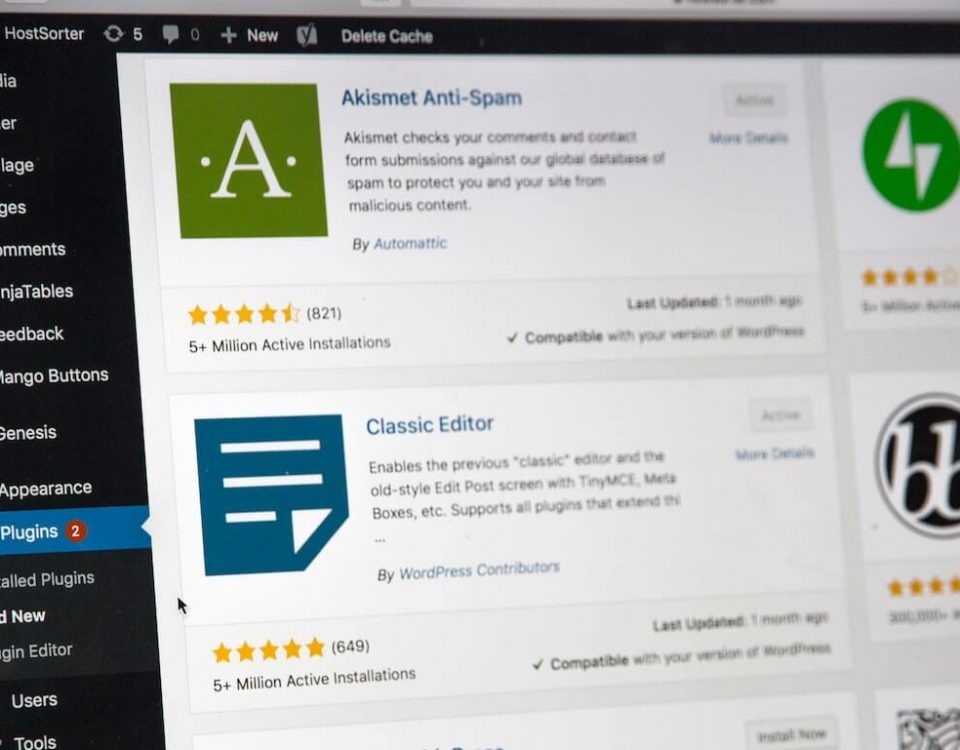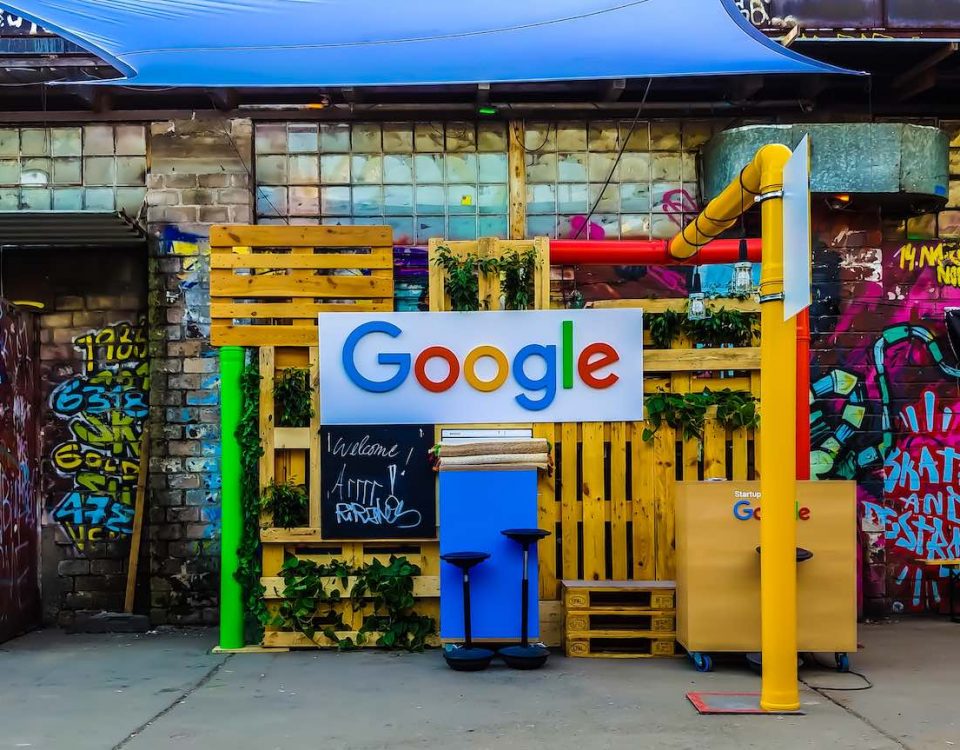Seven Hacks to Improve Search Engine Rankings and Traffic to Your Blog

What is a Search Engine Optimization (SEO) Audit?
June 20, 2016
WordPress Security for Beginners – 7 easy steps
July 4, 2016Optimization techniques that will get your blog post ranking high in search engines result pages.
Why Your Blog is Crucial to Your Business
Your blog is your content hub. A well-written, high-quality business blog is your most powerful marketing tool. Companies that have fresh, relevant blogs are perceived as transparent, honest and trustworthy. Many consumers use blogs as a source of information when making purchasing decision. More than 60% of U.S. consumers have made a purchase based on a blog post that they read.
In addition to being used to create connection with your buyers and to build a positive company image it helps you gain visibility, credibility and leadership within your industry. When you create an authoritative blog and a strong content strategy, you can build a dynamic community that exchanges information, solutions, reviews and opinions about topics related to your core business.
The benefits of blogging are significant and with the proper mechanisms in place you can measure impact against your goals and ROI. A well-planned content strategy will pave the way to increasing traffic to your website, lead conversion, brand image strength and leadership; it will establish and build your authority and boost and complement your PR activities. Developing a blog that achieves high search engine rankings, drives traffic and leads to your website requires very purposeful planning.
7 Steps to Optimize Your Blog for Search Engines
More than 2 million blog posts are published every day. Very few of them garner search engine rankings you’ll ever see. The foundational step in creating a blog that ranks on the first or second page of the search engines requires creating high quality content. Once you have managed to produce the kind of content your visitors, prospects and customers want to read, you must master key optimization techniques. The optimization process should start as early as the inception of your content idea. Every element of your blog post should employ keyword targeting, on-page SEO factors off-site optimization efforts.
These are the seven key steps you should take in order to improve search engine rankings for your blog posts:
1. Create high quality content
Content in and of itself, is simply not enough. To create a successful blog that becomes known as a source of relevant information by your audience, you must publish posts that are original, highly-engaging, implementable, up-to-date and related to your industry. Furthermore, you need to provide unique “take-away” value to your readers in order to keep them coming back. People also prefer content that is relatable. Your tone, words and rhythm will either attract or repel your audience. How-to posts, list posts, controversial posts, interviews, contest or competition posts, prediction posts and beginner’s guides tend to garner the highest views.
2. Determine targeted keywords
The most important part of any SEO strategy is determining and implementing targeted keywords. It is imperative to figure out which words your targeted audience is most likely to use in a search that should return your post at the top of the results.
Using Google Keyword Planner Tool you can confirm whether or not your keywords are highly searched by your targeted audience. It is also important to identify high volume keywords that are not highly competitive. Use these keywords judiciously and naturally. Search engines can penalize your post if they think you are inappropriately stuffing your post with keywords. This can also be a problem if you use a couple of keywords over and over throughout the same post.
Limit your use of the same keywords to approximately 2 per post. For better search engine ranking, place your main keyword within the first 100 words and use your keywords in your final paragraph, as well. Also try to target your main keywords in the title, headings, anchor text, title tags and Meta descriptions of your blog posts.
3. Optimize your images
After the selection of the best images, be sure to optimize them using alt tags and reducing the file size as much as possible. Further optimize your images by including keywords in their file name. Search engines crawl the content of your blog post and they search keywords within your image file and “alt” names. Your alternate text should adequately describe the image and include your SEO keyword(s). Google considers page load time as a significant SEO factor, so be sure to reduce the file sizes of your images as much as possible. Always use an image editing program to make your image the desired size and clarity.
4. Maximize the SEO power of internal and external linking
There are two types of links (internal and external) and it is important to include them both in your posts. Internal links are links pointing within the same page or to other pages within the same website. Internal links affect search engine rankings of your blog post. Be sure to add keywords in the anchor text of internal links, place internal links so they can be useful for the readers and try not to use too many of them per page. This is another scenario where you can get penalized for keyword stuffing. External links are links pointing at other domains away from your blog post. External links, like internal links can affect your ranking and you must be very careful how you use them. Link out when it is absolutely necessary and only to relevant and trusted resources that can add real value to your content. Link out to highly relevant, industry authoritative sites. Avoid linking to competitive sites. The sites to which you link, inherit your creditability and integrity.
5. Size Matters – Leverage SEO rankings by using premium word count length
Make sure your posts have a minimum of 400 to 500 words. Search engines like long articles. Therefore, if your goal is to achieve high search engine rankings, longer posts are better. The most recent studies show that companies who maintained first page rankings had an average of 1,890 words per page.
6. Optimize the blog post URL
Before publishing the post be certain your URL is well optimized for search engines and your readers. It is the one of the most overlooked SEO elements. Consistent, easy-to-read URLs should include your primary keyword or keyword phrase (at the least). Google gives extra points for this because it helps search engines and users determine the page content.
7. Share your content
Once you optimized your SEO blog post, you need to make sure it is optimized for sharing too. Social media plays a very important role in determining your search engine ranking results. Another thing top-ranking web pages have in common is that they tend to have higher social signals than their inferior competitors. Leverage your social opportunities by posting your posts on social media. Make the user experience even better by using calls-to-action elements. Also, be sure to place social buttons in visible places.
Final thoughts
Getting high search engine rankings for your blog posts requires a bit of time and strategy.
Are you curious about how well you are doing in the search engines?
Want to know exactly what you can do to improve your rankings, traffic and conversions?
We’ll provide a FREE comprehensive and in-depth SEO audit that will tell you:
- What obstacles are preventing you from getting page one rankings
- Exactly what you can do to improve your rankings, traffic and website conversions
- What you need to do to beat your competition and win more business
We’ll help you interpret the data and provide specific recommendations and strategy to help you increase your website’s search engine rankings and increase targeted traffic.
Improve your rankings and your traffic with your personalized SEO audit and improvement strategy.
Get Your FREE Website and SEO Analysis Today
Using data-driven analyses and research, we will conduct a thorough performance audit of your:
- Website Performance
- Brand Performance
- Inbound Marketing Strategy
- Search Engine Optimization
- Competition
- Social Signals
- Domain Ranking and Rating
Request A Consultation





